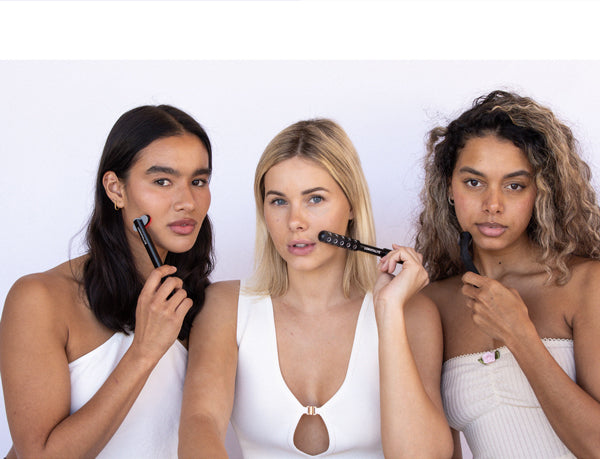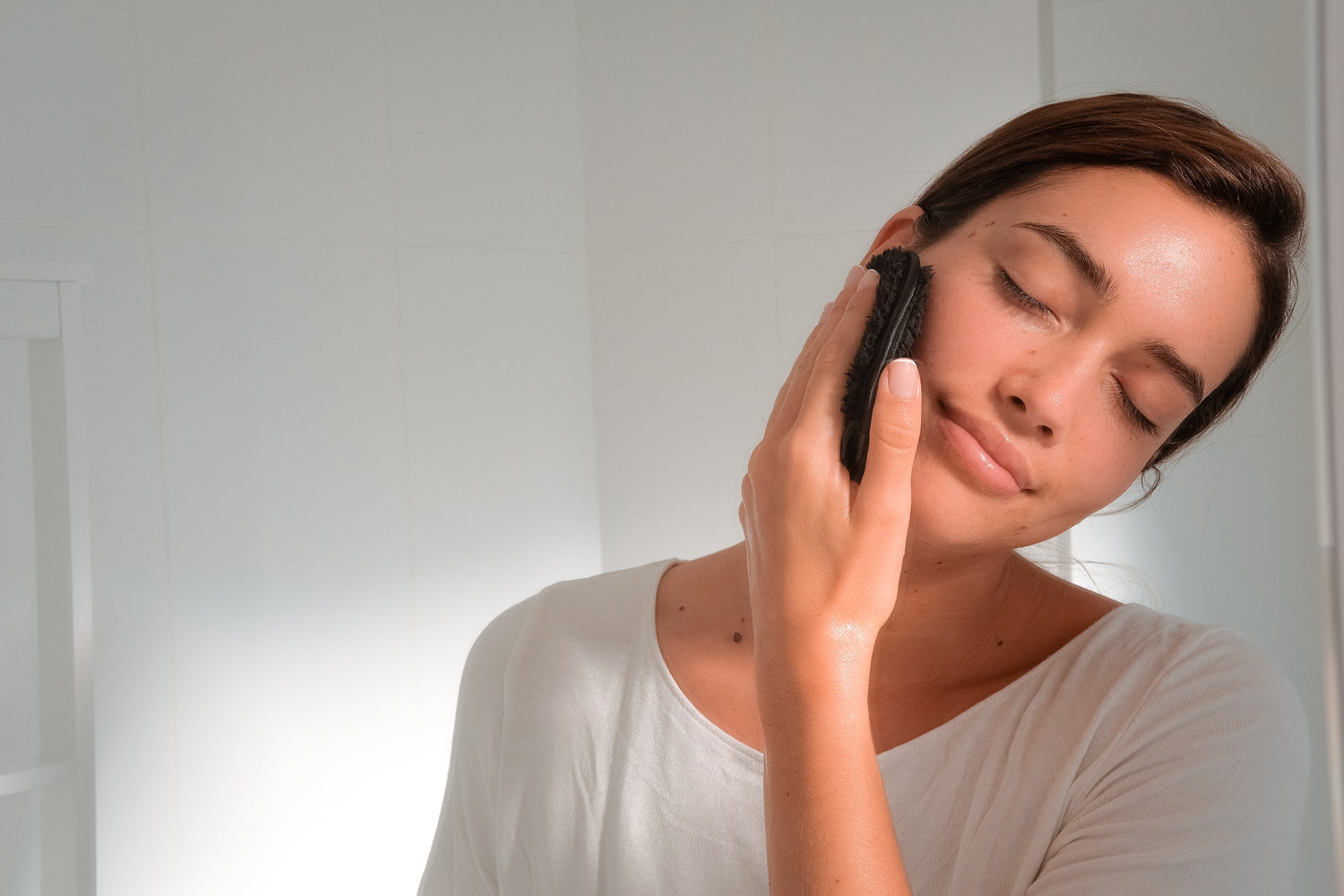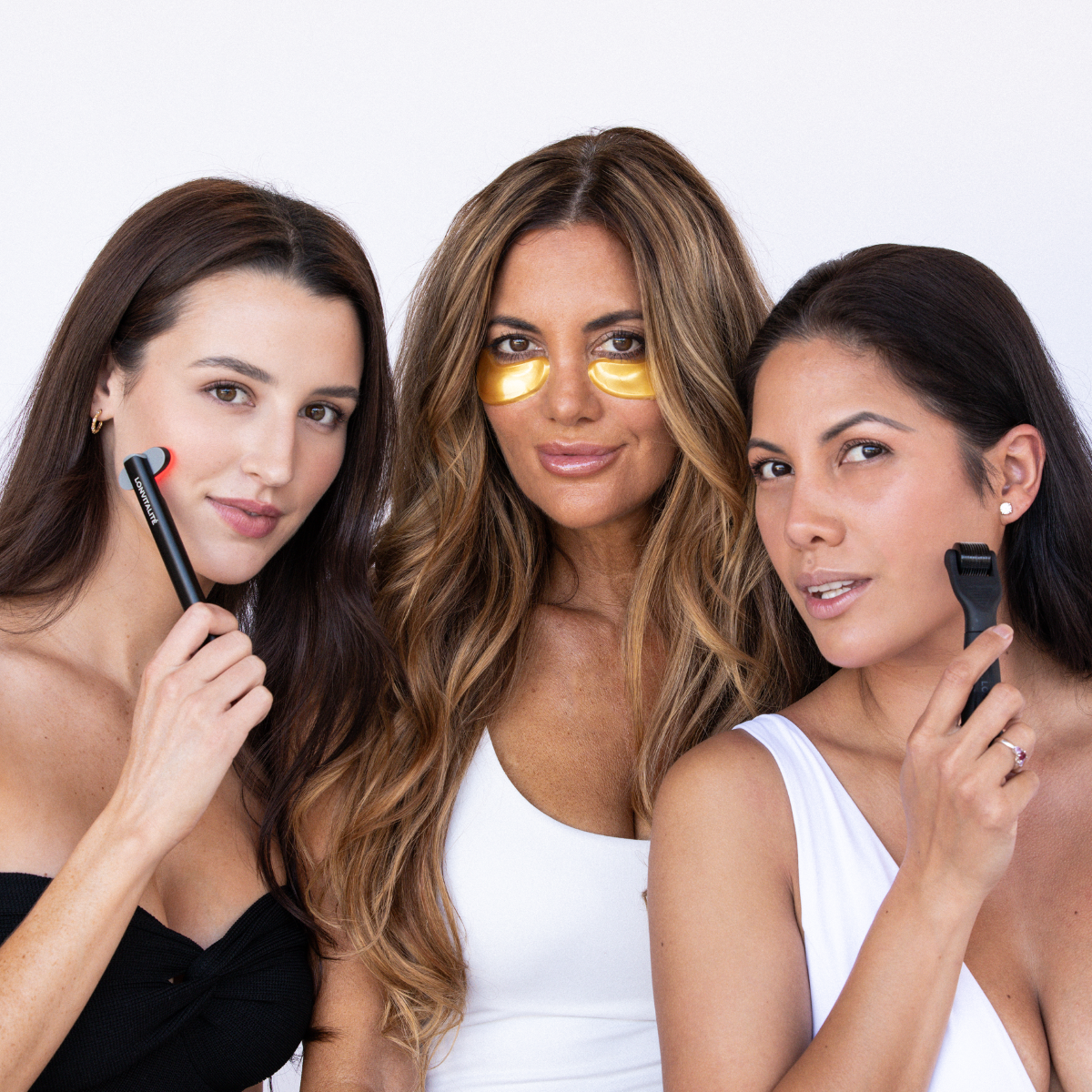Your skin deserves to feel fantastic, every day of the week. That’s where derma rollers come in. They offer your skin the chance to breathe and the chance to be its best self.
Owning a derma roller will be the new lease on life that your skin needs and is a must-have when it comes to skin care. Here is our ultimate guide to what derma rollers are, why you need one and which one you should choose.
The History of Derma Rolling
Derma rollers have been around in their current iteration since the mid-90s; their history goes back to the beginning of the 20th century under a different name - micro needling. Micro needling was used to treat acne, rashes and acne scarring. It was even used with herbal remedies on the needle tips to cure baldness.
Since the invention of the modern, commercial micro needling scene in the early 1900s by dermatologist Ernst Kromayer - who used micro needling to treat birthmarks, hyperpigmentation and scarring - the micro needling of the past has been replaced by the much more aesthetically named “derma roller”.
In their current iteration, derma rollers have been around since 1995, when Dr. Desmond Fernandes in Philadelphia used a hypodermic needle-pointed stamp to treat wrinkles and acne scars. He invented this small device to induce collagen production in the skin. Collagen is a protein found in human skin that aids in the healing process of scars and other skin abrasions.
After further research by Dr. Fernandes and others, derma rolling was far more beneficial than just treating acne scars. It can help soften wrinkles and skin lines, smooth the skin and treat a variety of pigmentation issues. The derma roller does all of this by expediting the skin’s natural healing proteins.
What Can a Derma Roller Treat?
You can use derma rollers to treat a variety of skin ailments. These ailments can include:
- Acne - by rolling over the surface of the acne spots, the derma roller opens up the pores, allowing the trapped dirt that’s causing the inflammation to be released and the skin to heal naturally.
- Facial scarring - If you have a prominent facial scar, your doctor may use a derma roller (or you can use one yourself) to encourage faster healing by creating collagen proteins.
- Wrinkling and stretch marks - Some people take pride in their wrinkles and stretch marks, seeing them as a natural consequence of ageing. However, if this is not you, you can use a derma roller to fill in the skin wrinkle through collagen production.
- Derma roller micro needles can also assist with anti aging, fine lines and improving the general health of skin cells and sensitive skin.
How To Use a Derma Roller
Using a derma roller used to be something that only your doctor could do, now derma rollers are accessible to all who want them. derma rollers come in a variety of needle thicknesses - starting at 0.3mm to 0.5mm thickness for at home use. At Lonvitalite our derma roller has 540 individual needles to help maximise the benefits to your skin.
So, how should you use your new derma roller?
1) Make sure that your derma roller is sanitised. You should spray your derma roller down with an alcohol and warm water solution to sanitise it, before it ever touches your skin.
2) The next step is to prepare your skin for the treatment. You can’t just start using the derma roller all over your skin. You’ll need to prepare your skin by washing your face with saline and warm water.
3) Once your face has been washed, you can begin to use the derma roller. When using your derma roller, you should treat five sections of your face, in turn. These are: the top-right section of your forehead and cheek. The top-left section of your forehead and cheek. Right under-eye and lower cheek. Left under-eye and lower cheek and around your mouth.
4) Once you have successfully derma rolled your face, you can begin your normal facial moisturising skin treatment with creams, or serums. Using the derma roller first opens up your pores, allowing for the cream or serum to perform better on your skin.
What About Using the Derma Roller to Treat Hair Loss?
The derma roller is good for many things. It could possibly be used to treat hair loss, as a result of a medical condition such as alopecia, or other side effects from medical treatments like chemotherapy. Ask your doctor if using a derma roller is the right way for you to go.
If you’ve received physician approval, you can use your derma roller to treat hair loss, just as you would use it on your face. However, given that the main function of the derma roller is to propagate the production of collagen, before you use your derma roller to treat hair loss, you must understand what it does to hair.
Collagen is present during your hair’s growth stages - this is why it can be essential to use a derma roller to encourage more growth if you suffer from hair loss. Using a derma roller periodically will encourage collagen growth among your hair follicles. It also helps to stimulate blood flow, which improves healing after hair loss. After using a derma roller on your scalp, you’ll want to apply some peppermint oil to encourage healing.
What Are the Different Types of Derma Rollers?
The standard sized derma roller has 192 needles. These vary in thickness but run from 0.2-0.5mm. Anything about 0.5mm is considered medical grade. Companies also produce smaller sized derma rollers for areas such as the nose - these usually have a narrower drum width than standard derma rollers.
How To Maintain a Derma Roller
Now that you know how to use your derma roller and the different types, you’ll need to learn how to maintain it.
Maintaining your derma roller is relatively easy - you must ensure that it is washed thoroughly after every use and put away. Although it should come with a case of some sort, such as a high grade stainless steel storage case, make sure that you put the cap on your derma roller before you put it in its case. This will stop the transmission of any surface bacteria when putting it away.
You should always wash your derma roller thoroughly before and after each use.
Do Derma Rollers Really Work?
Just like most things in skincare, nothing is guaranteed. However, derma rollers have a high success rate at treating a variety of things. Unlike other skin cleansing methods, derma rollers use the body’s natural immune responses to trauma on the skin to their advantage. They use collagen and other protein creation to work with your skin to heal your skin-based ailments, and they utilise your body’s blood flow response to trauma to heal your hair-based ailments.
What Are The Benefits of Using a Roller?
One of the benefits of using a derma roller a few times a week, as opposed to a traditional face washing solution, is that not all face cloths will be able to always open up your pores in the same way that a derma roller will. The needles create continuous micro punctures in the skin, prompting an immune response every time. This also means that your skin will heal faster, as the pores release their trapped toxins via puncture and scrub, rather than glossing over the dirt - as can sometimes happen with a face cloth.
All in all, using a microneedle derma roller of any thickness, except for those 0.5 and above, is a great way to help your skin revitalise itself and heal from any skin-based ailments. It’s great for a variety of skin and hair-based problems and has a variety of products to accommodate whatever your needs are. We hope that our ultimate guide to derma rollers has been useful and that you’ll turn to a derma roller and make it a part of your everyday skincare routine.





